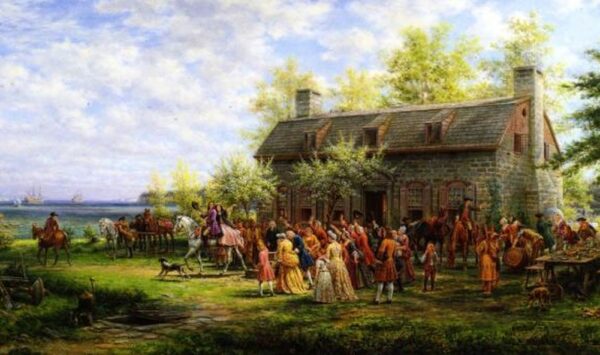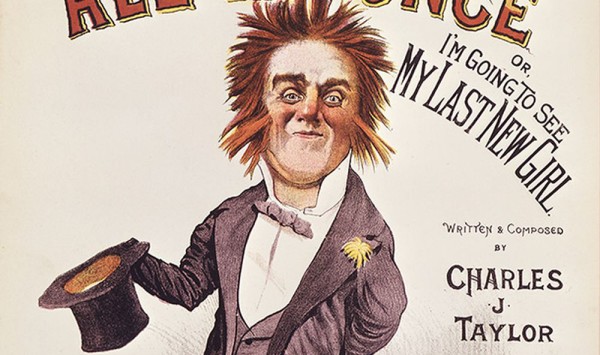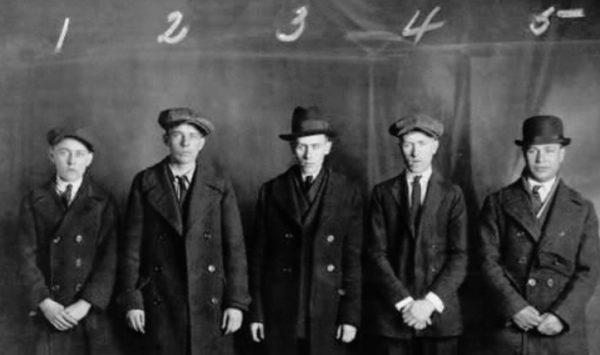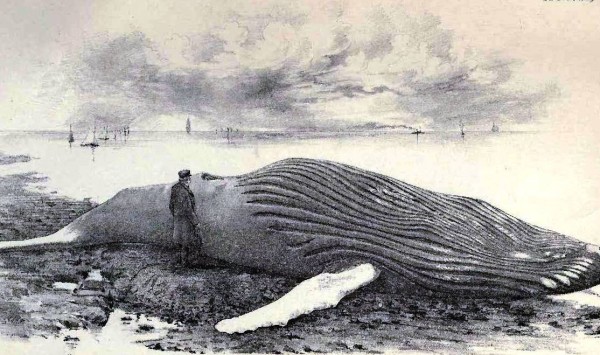THE SALE OF FORT GREENE (1798)

******************************************************************************************************************************** Brownstone Detectives investigates the history of our clients’ homes. The story you are about to read was composed from research conducted in the course of one of those investigations. Do you know the history of YOUR house? ******************************************************************************************************************************** In 1798, the farm that had been in the Couwenhoven family for 100 years was being foreclosed on. John Remsen Couwenhoven had creditors to pay, and the land he had inherited about 20 years earlier from his brother, Rem, was what the judge knew would pay them back. Thus he was ordered to place his land into the hands of a number of trustees. They would take over the responsibility of cataloging all that he owned, setting prices on all of his personal and real property, publicly listing it for sale, and then following through with the land’s conveyance. On the set date in May, the Couwenhoven farm was swarming with activity, as men – and women – of every Dutch family, it seemed, determined what of Couwenhoen’s possessions they wanted. The squeals of hogs, the murmurs of numerous discussions, the sounds of everyday life on a farm must have been omnipresent as potential purchasers walked the farm and evaluated the many items for sale. And when that sale began, there seemed to be a buyer for every item. Samuel Schenck got a “Frame for a Waggon,” Simon Bergen got a “grindstone,” Barent Lefferts got a “Flax Mill,” Mr. Grant got Couwenhoven’s ladders, and a Mr. Hall got a “Grain Rake.” […]
THE LION COMIQUE OF 276 CARLTON AVE (1930)

******************************************************************************************************************************** Brownstone Detectives investigates the history of our clients’ homes. The story you are about to read was composed from research conducted in the course of one of those investigations. Do you know the history of YOUR house? ******************************************************************************************************************************** Fred Roberts was known in the “seventies” as one of the great comic singers of the variety show. He sang the topical and comic songs that were then popular, often making them well-known himself. Brought over from London by the legendary Harrigan & Hart, Roberts had been known in the English music halls as a “Lion Comique” – a music hall character that was the heart throb of the Victorian era, holding the same cult status as today’s boy bands. According to The Victorian Music Hall: Culture, Class and Conflict, the songs the lions comiques sang were “hymns of praise to the virtues of idleness, womanising and drinking.” In Roberts’ songs, he “deliberately distorted social reality for amusement and escapism.” One critic in the late 19th century remarked that the Lions Comiques were “men who set women just a little higher than their bottle.” Roberts was to be Harrigan & Hart’s answer to the popularity of the famous impresario, Tony Pastor. He soon had a string of hits that were “hummed and whistled around the town” from the 1870s through to the early 20th century when he retired. Roberts’ first song, “Oh, Fred, Tell Them to Stop,” was such a huge hit that he decided to stay in the U.S. and […]
A GANGLAND SLAYING AT 162 COURT (1922)

******************************************************************************************************************************** Brownstone Detectives investigates the history of our clients’ homes. The story you are about to read was composed from research conducted in the course of one of those investigations. Do you know the history of YOUR house? ******************************************************************************************************************************** Above: The “Navy Yard Gang,” (l to r), (1) Stephen Collins, (2) John Keogh, (3) William Evans, (4) Frank Evans, and (5) Pellegrino Mucci On a frigid February evening in 1922, three young men stepped into the dimly lighted drugstore at No. 162 Court street in Cobble Hill. Druggist Paul J. Gillman, looking up from behind his counter, suspected something was up – the men, who seemed to be barely out of their teens, moved with a sense of purposelessness filled with less-than-good intentions. Gillman noticed as the first young man, who stood by the case in front of his prescription counter, pulled something from his coat and then began to walk towards the passageway leading to the place behind the counter where Gillman stood. “I just stood at the entrance and pointed the gun at him,” the gunman, William Evans, 23, of No. 24 Fort Greene Place, later explained to the police. “I told him to put his hands up.” The night, which was planned to be spent on a simple hold-up, would not turn out as the members of the “Navy Yard Gang” had expected, however, as Gillman would not be encouraged by what he certainly thought were young boys attempting to get away with a prank. Gillman, not […]
WHALE HUNTING AT THE NAVY YARD (1887)

******************************************************************************************************************************** Brownstone Detectives investigates the history of our clients’ homes. The story you are about to read was composed from research conducted in the course of one of those investigations. Do you know the history of YOUR house? ******************************************************************************************************************************** When the Navy Yard sailors spotted the mass floating in the mill pond-like waters of the Wallabout Bay they could hardly believe their eyes. Never had anyone before seen a fish of this size enter the Navy Yard’s Whitney Basin, let alone a gargantuan the size of this whale. Old-timers had talked about the ones they’d hunted, going on about their supreme strength and how dangerous a prey they had been to hunt. Everyone watching braced themselves for the inevitable feats of strength it was preparing to perform. No noise nor movement, however, emitted from the beast. This whale’s attitude seemed to be comparable to the peaceful musings of a cat with a ball of yarn. “It was a big black whale forty feet long,” the papers noted, and it floated listlessly near the entry of the Whitney Basin. As a great crowd gathered to watch the monstrous fish, it was quickly decided to “man one of the old whale boats to capture the monster.” Many a Starbuck was born that day, as the sailors raced to prepare the rigging and launch their craft. But something was wrong – something just didn’t seem right with the beast. It was at that point an old sailor with “a keen olfactory organ caught […]